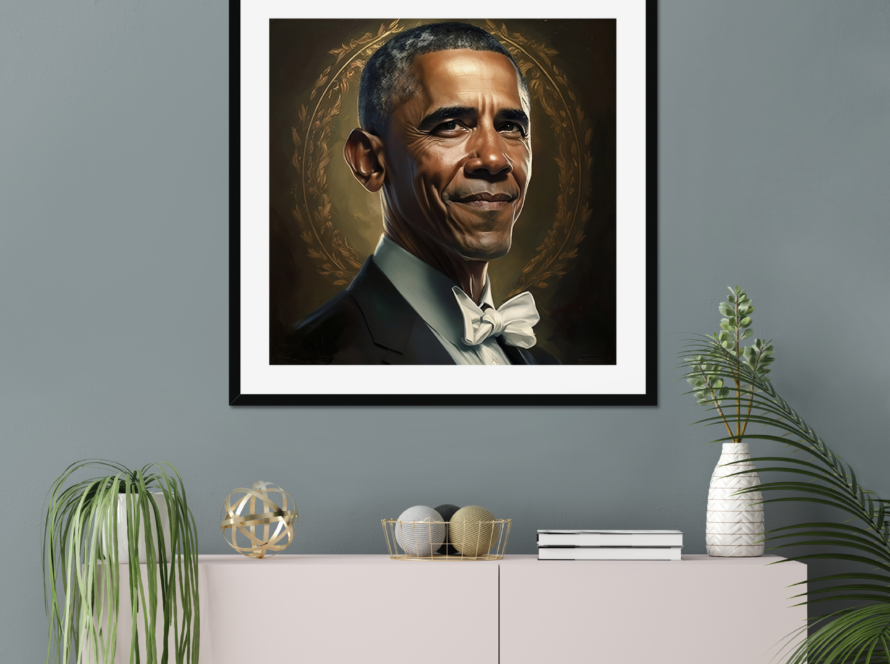From Paintbrush to Algorithms: Redefining Corporate Art with AI
How is AI redefining the corporate art scene and what impact does it have on traditional art forms?
AI is transforming the corporate art scene in various remarkable ways, enabling new forms of creativity and efficiency.
- Innovation in Design: AI algorithms are capable of creating art pieces that reflect a company’s brand and culture, fostering a unique aesthetic.
- Cost-Effectiveness: By automating the design process, AI brings down costs and makes corporate art more accessible.
- Personalization: AI allows for high levels of customization, creating art pieces tailored to specific spaces, themes, or audiences.
- Integration with Other Technologies: AI art can be integrated with AR and VR, providing immersive experiences for employees and visitors.
- Data-Driven Insights: AI can analyze user interactions with art, enabling corporations to fine-tune their aesthetics according to preferences.
- Impact on Traditional Art Forms: While AI brings innovation, it also raises questions about authenticity and the role of human artists. Some critics argue that AI might undermine traditional artistry, while others see it as a tool that complements human creativity.
- Legal and Ethical Considerations: The use of AI in art brings up legal questions, such as intellectual property rights and copyright issues.
- Collaboration Opportunities: AI opens doors for collaboration between artists and corporations, blending creativity with technological advancement.
- Environmental Considerations: Digital art can be more environmentally friendly, avoiding physical materials and transportation.
- Future Prospects: The integration of AI in corporate art is likely to grow, with new technologies and approaches continuously emerging.
You can read more about how AI is impacting the art scene on nft54.io.
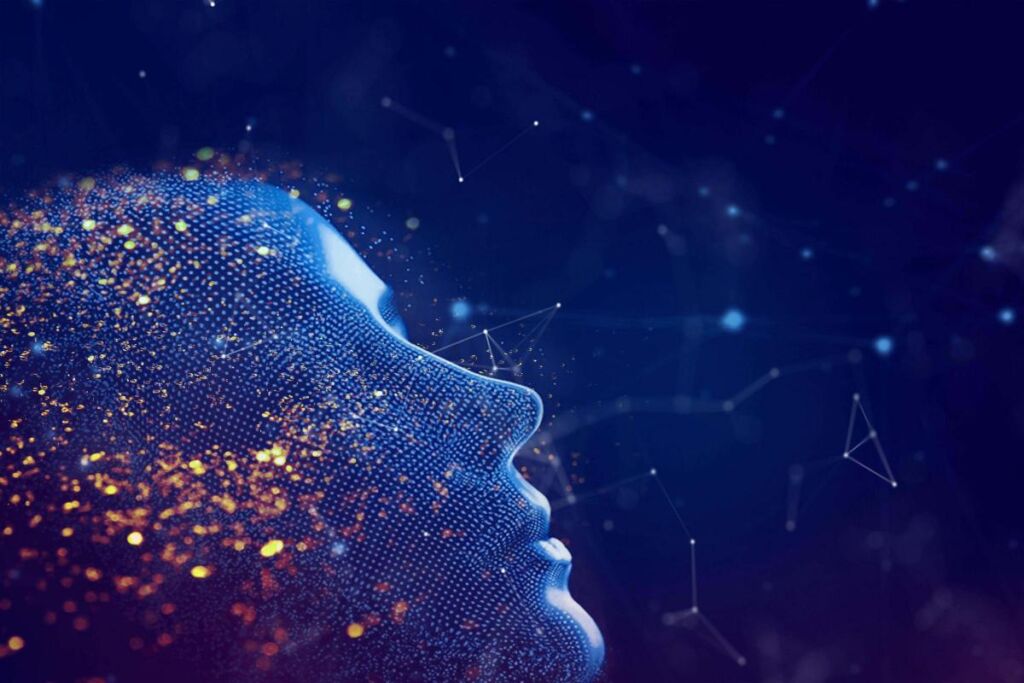
What technologies are behind AI art generation, and how do they compare to conventional artistic methods?
Generative Adversarial Networks (GANs): GANs are AI systems that consist of two neural networks—the generator and the discriminator. The generator creates images, while the discriminator evaluates them. They work in tandem to create increasingly realistic images.
Neural Style Transfer: This technique allows the style of one image to be blended with the content of another, creating unique artworks.
Deep Learning Algorithms: Many AI art tools use deep learning to understand and replicate artistic patterns and styles.
Comparison with Traditional Methods: Unlike conventional art, AI art does not require physical mediums like paint and brush. It enables faster creation but raises questions about authenticity and originality.
Accessibility and Scalability: AI technologies make art creation accessible to non-artists and allow mass customization, a stark contrast to the often time-consuming nature of traditional art creation.
Collaboration Between Humans and Machines: Some artists use AI as a tool alongside traditional methods, embracing the best of both worlds.
Economic Impact: The automation brought by AI may significantly reduce the cost of art production.
Intellectual Property Considerations: The legal framework around AI art is still evolving, leading to questions about ownership and copyright.
Environmental Impact: Unlike traditional art materials, AI art generation can be more environmentally friendly, relying on digital resources.
Future Perspectives: The convergence of AI technologies and traditional art methods will likely continue to evolve, fostering new forms of creativity.
For more information on the technologies behind AI art, you can visit nft54.io.
How can businesses leverage AI art to enhance their brand image and interior designs?
Personalized Branding: AI art enables businesses to create unique and personalized visual elements that reflect their brand identity.
Enhanced Customer Engagement: Interactive AI art installations can provide immersive experiences, engaging customers in novel ways.
Efficient Interior Design: AI tools can analyze space and design requirements to create art that complements interior architecture.
Integration with Marketing Strategies: AI-generated art can be used in advertising and marketing materials, providing consistent and innovative visuals.
Collaboration with Artists: Businesses can collaborate with AI-savvy artists to create pieces that resonate with their brand values.
Scalable Solutions: AI art provides scalable solutions, enabling businesses to replicate designs across different locations without loss of quality.
Cost-Effective: Compared to commissioning traditional art, AI art can be more cost-effective, especially for large-scale projects.
Data-Driven Insights: AI art tools can generate insights on customer preferences and interaction with art, guiding future design decisions.
Legal Considerations: Businesses should be aware of legal aspects, such as copyright and licensing when using AI-generated art.
Future Opportunities: As technology evolves, businesses will likely find even more innovative ways to integrate AI art into their branding and interior designs.
You can find additional insights on using AI art in interior design at nft54.io.
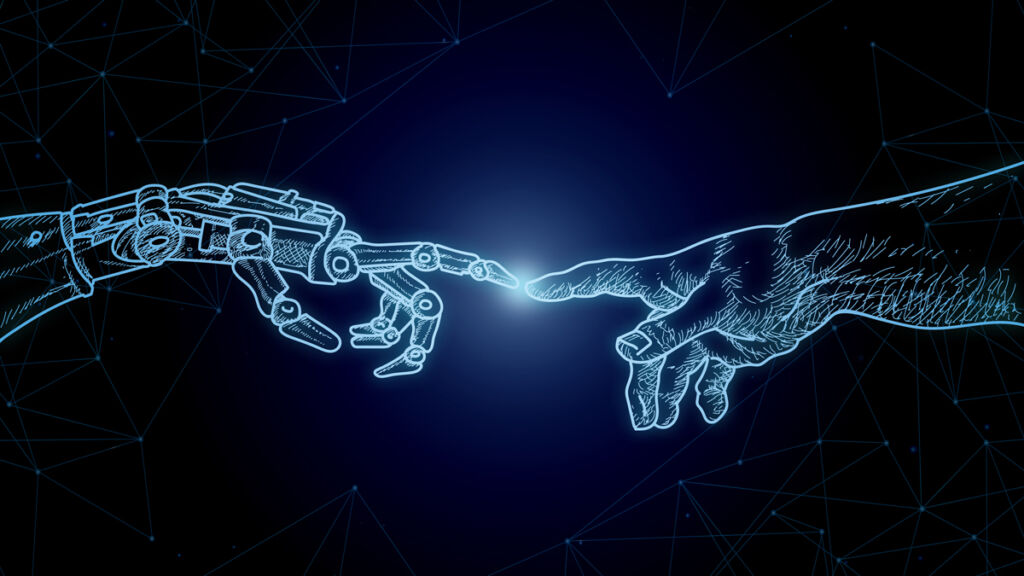
What ethical considerations are associated with the use of AI in art, especially in the corporate context?
Originality and Authenticity: AI-generated art might blur the lines of originality and authenticity, leading to debates over what constitutes genuine artistic creation.
Intellectual Property Rights: Determining the ownership and copyright of AI-generated art can be challenging. Who owns the artwork—the developer of the AI, the user, or the AI itself?
Potential Job Displacement: AI might reduce the need for human artists in some contexts, leading to concerns about job displacement and the devaluation of human creativity.
Bias and Representation: AI algorithms can inadvertently introduce biases, reflecting underlying prejudices in the data they were trained on.
Environmental Impact: Intensive computations required by some AI models can have significant energy consumption, leading to environmental considerations.
Collaboration vs. Competition: The rise of AI art may lead to collaboration between human artists and AI, or it may create competition, affecting the traditional art market.
Transparency and Disclosure: Corporations using AI-generated art must consider transparency in disclosing the use of AI, especially if it imitates the style of known human artists.
Accessibility and Inclusion: While AI can democratize art creation, it might also lead to homogenization and marginalization of underrepresented artists and styles.
Emotional and Cultural Considerations: AI might lack the emotional depth and cultural nuances that human artists bring, leading to ethical considerations around the integrity of art.
Looking Ahead: Ethical considerations in AI art will likely continue to evolve as the technology advances and becomes more prevalent in the corporate world.
For more insights on the controversy over AI in art, you can read here.
How accessible are AI art tools for corporations, and what are the costs involved?
Accessibility of Tools:
- Platforms: Various platforms provide AI art generation tools, ranging from beginner-friendly to more advanced systems.
- Integration: Many AI art tools can be seamlessly integrated into existing design workflows.
- Collaborations: Corporations can collaborate with AI art experts for specialized projects.
Cost Considerations:
- Subscription Models: Many AI art platforms offer subscription models, making it accessible to different budgets.
- Custom Projects: Costs for custom projects can vary based on complexity and expertise required.
- Hardware Requirements: Some AI art tools might require specific hardware, adding to the costs.
Benefits of Adoption:
- Efficiency: AI art tools can speed up the design process, potentially saving costs in the long run.
- Customization: Enhanced customization options can improve branding without significantly increasing costs.
Challenges and Risks:
- Legal Compliance: Understanding intellectual property laws and ensuring compliance might involve additional expenses.
- Training and Support: Adequate training and support might be needed for more advanced tools, adding to costs.
Examples and Success Stories: Numerous corporations have successfully integrated AI art into their branding and interiors, benefiting from both creativity and cost-effectiveness.
Future Perspectives: As AI art tools become more mainstream, increased competition may lead to more accessible pricing and user-friendly features.
Exploring Options: Corporations should carefully assess their needs and explore various AI art tools to find the best fit for their budget and requirements.
Collaboration with Traditional Artists: Blending AI with human artistry might provide a balanced approach, depending on budget and aesthetic goals.
Evaluating ROI: The return on investment in AI art should be carefully evaluated, considering both tangible and intangible benefits.
In Conclusion: Accessibility and costs of AI art for corporations will depend on various factors, including the chosen platform, project complexity, and alignment with overall business goals.
You can explore more about the world of AI art and its impact on the industry here.
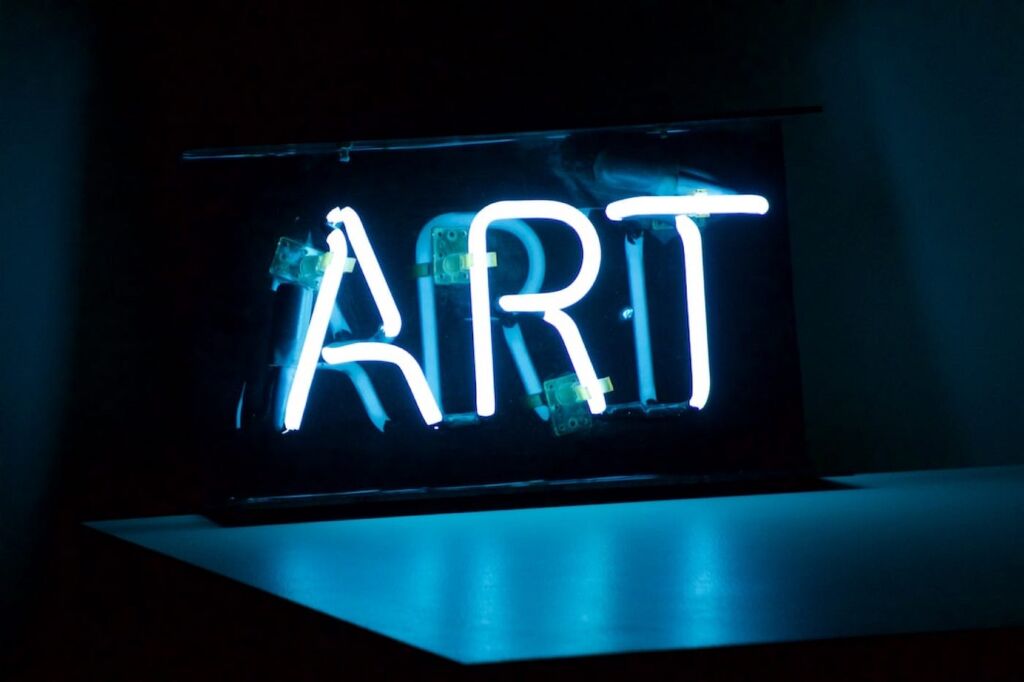
How does AI art interact with the traditional art market, and what are its implications for collectors and investors?
Redefining Creativity:
- AI art introduces new forms of creativity, merging technology with artistic expression.
- This integration challenges the traditional definitions of art, opening doors for more innovative pieces.
Market Dynamics:
- AI art has created a niche within the art market, appealing to tech-savvy collectors.
- It also brings the possibility of mass customization, reshaping the dynamics of scarcity and uniqueness.
Investment Opportunities:
- AI art offers new investment opportunities, attracting both traditional art investors and tech enthusiasts.
- The volatility and novelty of the market might present both risks and rewards.
Authentication and Provenance:
- Authenticating and tracing the origin of AI art might be more complex or different compared to traditional art.
- Blockchain technology is often used to ensure transparency in AI art transactions.
Collaboration with Human Artists:
- Some human artists collaborate with AI, creating hybrid works that combine traditional and computational creativity.
Accessibility to a Wider Audience:
- AI art democratizes art collection, making it accessible to a broader audience through digital platforms and NFTs.
Regulatory and Ethical Considerations:
- Investors and collectors must be aware of legal and ethical considerations, particularly around copyright and ownership.
Cultural Impact:
- AI art engages with contemporary culture and technology, reflecting societal changes and possibly influencing future artistic movements.
Economic Aspects:
- The economic impact of AI art on the traditional market is still unfolding, with potential effects on pricing, demand, and value perception.
Future Prospects:
- The interaction between AI art and the traditional market is likely to evolve, continuing to redefine artistic creation, investment, and appreciation.
For further information on AI’s role in the art industry, you can refer to this article.
Step 8: Answer to Question 7
How can AI art be integrated into educational programs, and what are the potential benefits and challenges?
Integration into Art Education:
- AI art can be introduced as a new medium, teaching students to explore creativity through algorithms.
- It can be part of both art and computer science curriculums, bridging disciplines.
Benefits:
- Innovation: Encourages innovative thinking by combining art and technology.
- Accessibility: Allows students without traditional art skills to express creativity.
- Collaboration: Fosters interdisciplinary collaboration between art, technology, and other fields.
Challenges:
- Technical Barriers: Requires equipment and technical knowledge, which might be barriers in some educational settings.
- Ethical Considerations: Must address questions about originality, authenticity, and copyright.
- Balancing Tradition and Innovation: Finding a balance between teaching traditional art skills and encouraging innovation with AI.
Collaborative Projects:
- Schools can engage in collaborative projects, bringing together artists, technologists, and students to explore AI art.
Career Opportunities:
- Integrating AI art in education can open up diverse career paths in art, technology, design, and more.
Customized Learning:
- AI can be used to personalize art education, adapting to individual student needs and interests.
Global Connections:
- AI art facilitates connections across cultures and geographies, fostering global artistic collaboration.
Assessment and Evaluation:
- Assessing AI art might require new evaluation criteria, recognizing both artistic and technological achievements.
Accessibility and Inclusion:
- Making AI art tools accessible to all students is crucial for inclusive education, avoiding disparities in access and opportunity.
In Conclusion:
- Integrating AI art into education offers exciting possibilities and challenges, requiring thoughtful planning, resources, and commitment to inclusive and innovative learning.
For more insights into how AI is revolutionizing the art industry, including its impact on education, you can explore this link.

How does AI art influence interior design, and what are the unique aspects of using AI-generated art in home and commercial spaces?
Revolutionizing Design Concepts:
- AI art enables unique and futuristic design concepts, pushing the boundaries of traditional interior design.
- Designers can create pieces that adapt to specific spaces and aesthetics, employing algorithms to generate art.
Personalization and Customization:
- AI offers endless possibilities for customization, allowing individuals and businesses to create personalized art pieces.
- Algorithms can generate art based on personal preferences, color schemes, and themes.
Incorporating Technology into Design:
- Integration of AI art may include interactive displays and smart technology, enhancing the user experience.
- Spaces become dynamic, with art pieces that can change and evolve over time.
Affordability and Accessibility:
- AI-generated art can be more affordable than traditional pieces, making high-quality art accessible to more people.
- Digital platforms facilitate browsing and purchasing AI art for interior design.
Challenges and Considerations:
- Ethical considerations around authenticity and originality must be addressed.
- Compatibility with existing design elements can be challenging and requires careful planning.
AI in Commercial Spaces:
- Businesses can leverage AI art to convey brand identity and innovate in customer experience.
- Hotels, restaurants, and retail spaces may use AI art to engage and entertain customers.
Sustainability:
- AI art can be an eco-friendly option, with digital displays reducing the need for physical materials.
Collaboration with Artists and Designers:
- Interior designers can collaborate with AI and human artists to create unique spaces.
- This collaboration fosters a blend of traditional artistry and technological innovation.
Impact on the Art Market:
- The rise of AI art in interior design can influence the art market, with new demand and distribution channels.
- Traditional artists may also explore AI to reach new audiences.
The Future of Interior Design with AI Art:
- The integration of AI in interior design is a growing trend that is likely to continue evolving.
- New tools and platforms will facilitate the creation and integration of AI art in various spaces.
For more on the benefits of using AI art in interior design, check out this informative article.
What are the ethical implications of AI art, including concerns about originality, creativity, copyright, and societal impact?
Originality and Authenticity:
- Questions about originality arise, as AI algorithms often learn from existing art.
- Determining the authenticity of AI-generated art can be complex.
Creativity and Human Expression:
- The role of AI in creative processes raises debates about the nature of creativity.
- Some argue that AI art lacks the emotional depth of human-created art.
Copyright and Intellectual Property:
- Copyright laws may be challenged by AI art, especially when algorithms mimic existing works.
- Determining ownership between AI, programmers, and users is a complex legal issue.
Accessibility and Democratization:
- AI art can make art creation and appreciation more accessible, but it may also marginalize traditional artists.
- There’s a balance between democratizing art and preserving the value of human craftsmanship.
Societal and Cultural Impact:
- AI art reflects societal shifts towards technology and may influence cultural perceptions of art.
- The adoption of AI in art can be seen both as a celebration of innovation and a loss of traditional skills.
Economic Impact:
- The rise of AI art might disrupt traditional art markets, affecting pricing and valuation.
- Artists must adapt to new technologies to stay competitive.
Collaboration or Competition with Human Artists:
- AI can be seen as a collaborator, enhancing human creativity, or a competitor, potentially replacing human artists.
- The relationship between human artists and AI is a central ethical consideration.
Bias and Representation:
- AI algorithms can inherit biases from training data, leading to controversial representations in art.
- Ensuring diversity and fairness in AI art is an ongoing challenge.
Technological Dependency:
- Reliance on technology in art creation raises concerns about dependence on specific tools, platforms, and corporations.
Navigating the Ethical Landscape:
- The ethical landscape of AI art is complex and multifaceted.
- Ongoing dialogue, regulation, and awareness are essential to navigate these ethical waters.
For an in-depth discussion on the controversy over AI art, you may want to read this engaging article.
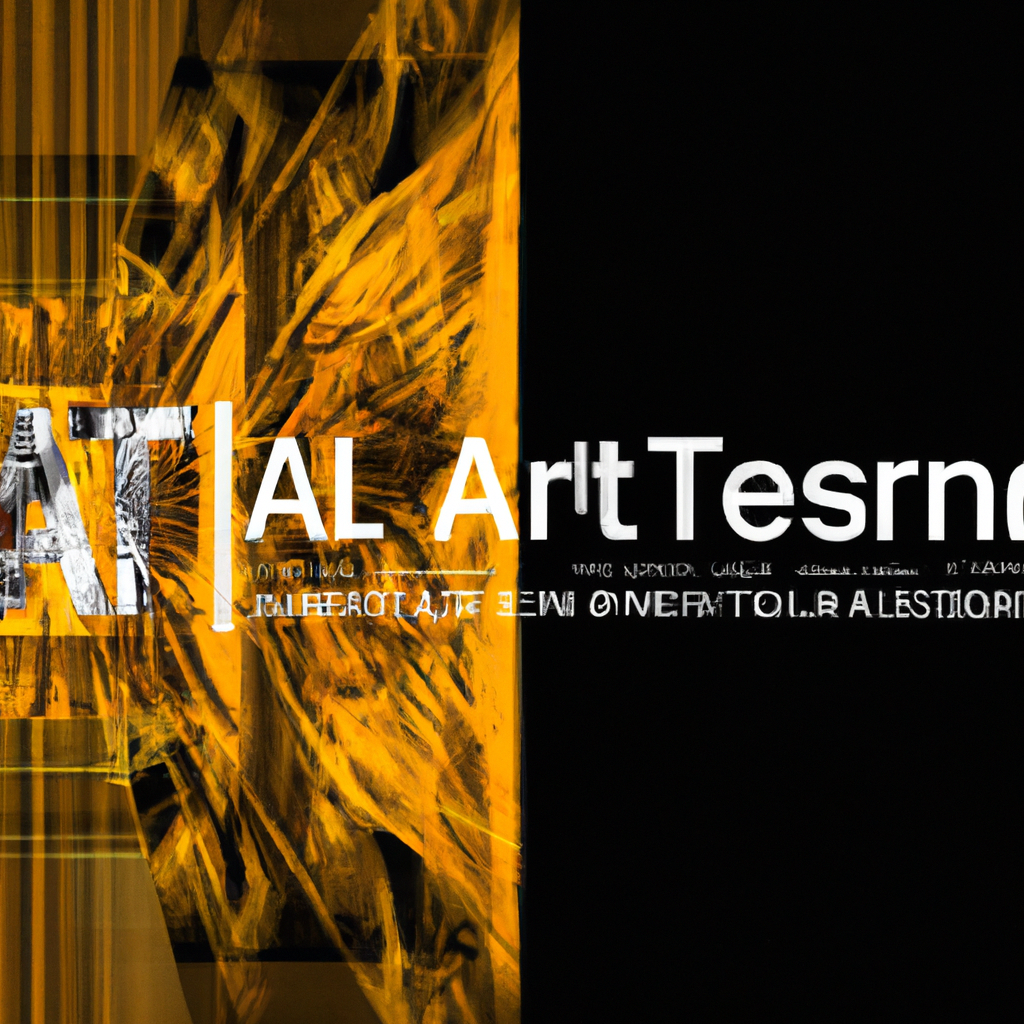
What are the key technological developments that have enabled the growth of AI art, and how are these technologies transforming traditional art forms?
Deep Learning and Neural Networks:
- Deep learning algorithms and neural networks have played a pivotal role in the emergence of AI art.
- They enable the system to learn from existing artworks and create new pieces by mimicking styles and patterns.
- For example, Generative Adversarial Networks (GANs) are used to create art through two competing neural networks.
Generative Algorithms:
- These algorithms create new data instances that resemble a given dataset.
- In art, generative algorithms can produce unique artworks by understanding and emulating certain artistic features.
Real-time Interaction and Feedback:
- AI tools can provide real-time interaction, allowing artists to immediately see changes and adapt their creative process.
- This enhances creativity by providing an iterative and interactive design experience.
3D Modeling and Virtual Reality:
- 3D modeling enables artists to create lifelike sculptures and environments.
- Virtual reality offers immersive experiences, opening new dimensions for artistic expression and appreciation.
Big Data and Analytical Tools:
- AI can process vast amounts of data, extracting insights that can inspire and guide artists.
- This can lead to more informed and sophisticated art creation.
Customization and Personalization Algorithms:
- AI can generate art that aligns with individual preferences and requirements.
- This personalization extends to both the creation and the consumption of art, making it more engaging for viewers.
Digital Platforms and Marketplaces:
- Online platforms facilitate the distribution, purchase, and collaboration of AI art.
- They democratize art by connecting artists, consumers, and collectors on a global scale.
Collaborative Tools for Artists:
- AI-powered tools enable collaboration between human artists and machines.
- These collaborations can yield novel artworks that blend human intuition with algorithmic precision.
Sustainability and Eco-friendly Practices:
- AI offers ways to create art with less physical waste and environmental impact.
- Digital art forms reduce the need for physical materials, promoting more sustainable practices.
The Future of AI in Art:
- The ongoing advancement of technologies like quantum computing and augmented reality will likely further transform the art landscape.
- As technologies continue to evolve, so will the opportunities and challenges in the world of AI art.
For more insights on how AI art generation is revolutionizing the art industry, you might find this comprehensive overview helpful.
| Technological Development | Impact on Traditional Art Forms |
|---|---|
| Deep Learning and Neural Networks | Learning from existing art, creating new pieces, and mimicking styles. |
| Generative Algorithms | Producing unique artworks by understanding and emulating artistic features. |
| Real-time Interaction and Feedback | Enhancing creativity through iterative and interactive design. |
| 3D Modeling and Virtual Reality | Creating lifelike sculptures, environments, and immersive experiences. |
| Big Data and Analytical Tools | Inspiring and guiding artists through data insights. |
| Customization and Personalization Algorithms | Aligning art with individual preferences, engaging viewers. |
| Digital Platforms and Marketplaces | Facilitating distribution, purchase, and global collaboration. |
| Collaborative Tools for Artists | Blending human intuition with algorithmic precision. |
| Sustainability and Eco-friendly Practices | Reducing waste and environmental impact. |
| The Future of AI in Art | Promising transformation through emerging technologies. |
FAQ
Q1: How Do Deep Learning Algorithms Impact the Creation of AI Art?
Deep learning algorithms are fundamental in AI art creation, allowing machines to learn and mimic existing artistic styles.
Q2: What Are Generative Algorithms in the Context of Art?
Generative algorithms create new artworks by understanding and emulating certain artistic features.
Q3: How Does Virtual Reality Contribute to Artistic Expression?
Virtual reality offers immersive experiences, opening new dimensions for artistic creation and appreciation.
Q4: How Is AI Facilitating Collaboration in the Art World?
AI-powered collaborative tools enable a fusion of human intuition and machine precision in art creation.
Q5: Can AI Generate Personalized Artworks?
Yes, AI can create art aligning with individual preferences, making it more engaging for viewers.
Q6: Are There Eco-friendly Practices in AI Art Creation?
AI art promotes sustainability by reducing physical waste and environmental impact.
Q7: How Are Digital Platforms Changing the Distribution of Art?
Digital platforms facilitate global connections between artists, consumers, and collectors.
Q8: How Is AI Art Different from Traditional Art?
AI art leverages technology to create, customize, and distribute art, transforming traditional practices.
Q9: What Is the Future of AI in Art?
Emerging technologies like quantum computing and augmented reality promise exciting transformations in the art landscape.
Q10: Where Can I Learn More about AI Art?
You can explore various insights and trends in AI art at NFT54.
